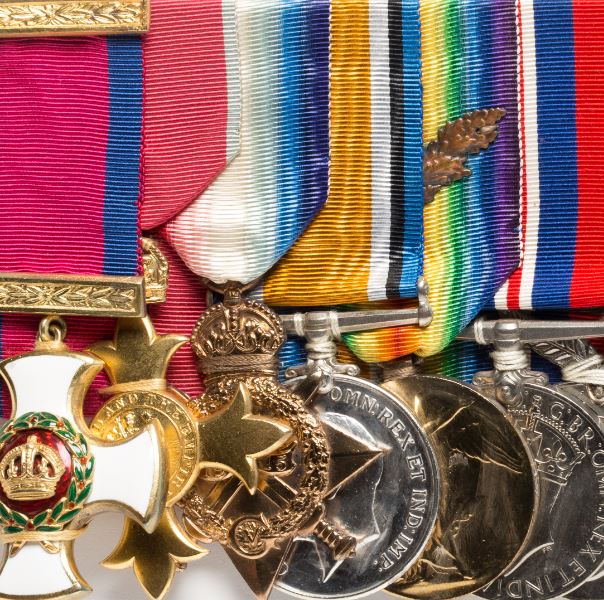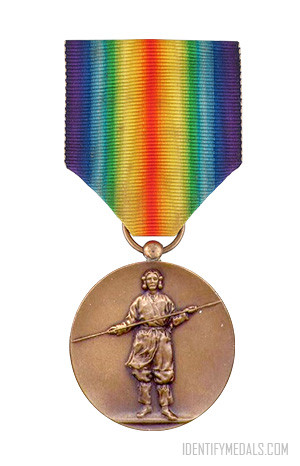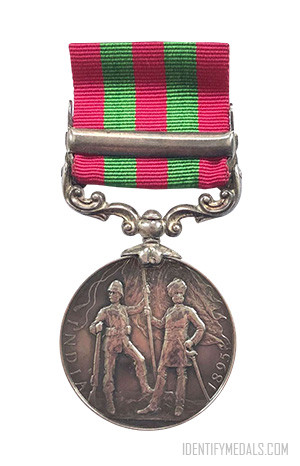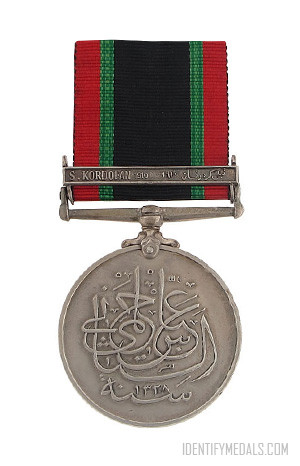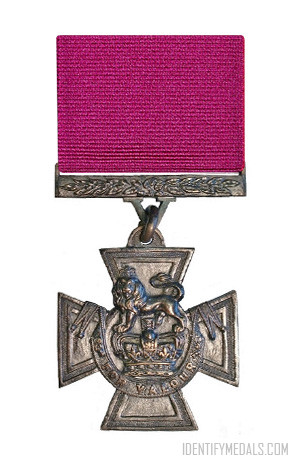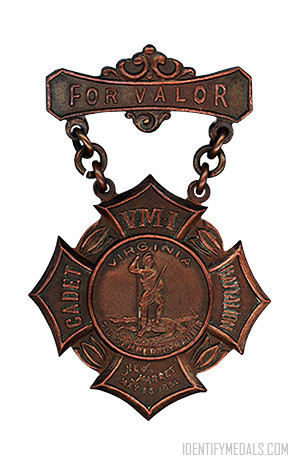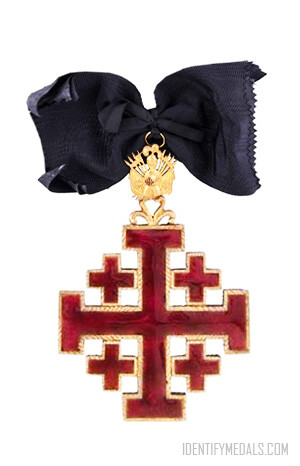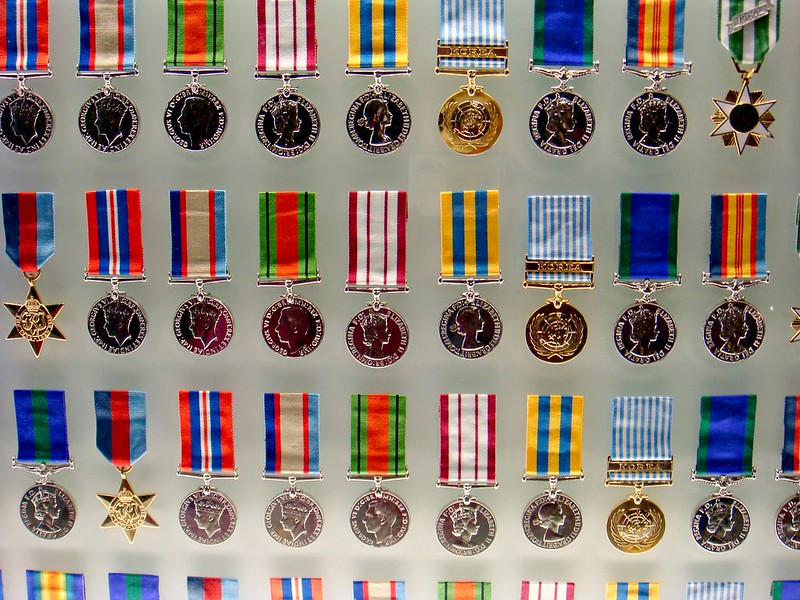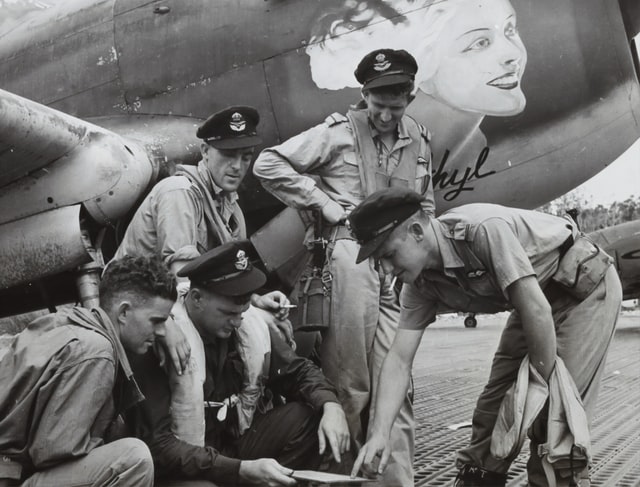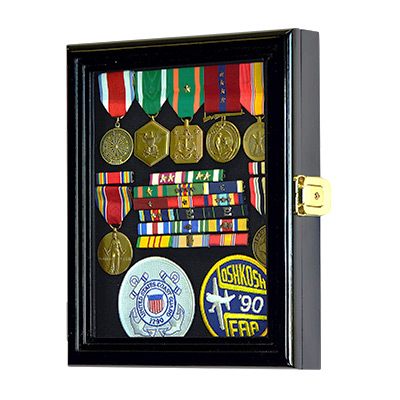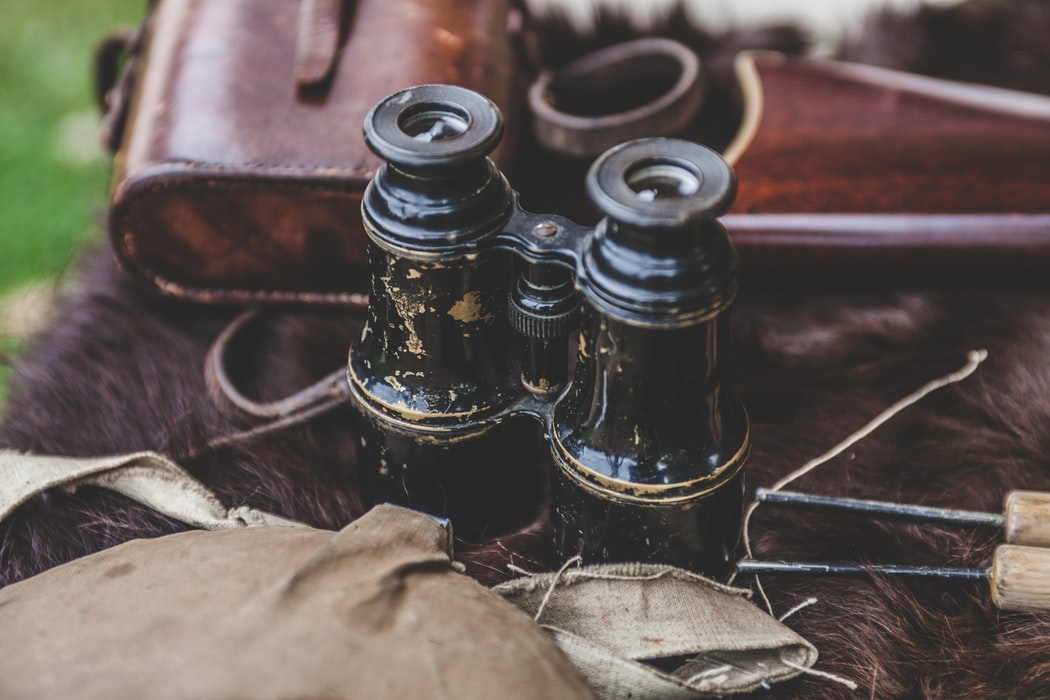Behind every medal, there’s a crucial component that often goes unnoticed but plays a significant role in its presentation: the medal suspension.
There are a few different types of medal suspensions or attachment mechanisms. These small yet essential attachments are what enable medals to be proudly displayed on uniforms, ribbons, or bars.
In this article, we will delve into the world of medal suspensions, uncovering their purpose, history, and the intricate craftsmanship behind these often-overlooked components.
What is a Medal Suspension?
A medal suspension refers to the device or attachment mechanism used to affix a medal to a ribbon or a bar for wearing. It typically consists of a small metal loop or ring located at the top of the medal through which the ribbon passes. This loop allows the medal to hang freely from the ribbon or bar while ensuring it remains securely attached. Medal suspensions come in various designs and styles, ranging from simple rings to intricate clasps or bars, depending on the specific medal and its intended display method.
The Most Common Types of Medal Suspensions
Whether adorning the attire of a decorated veteran or a distinguished civilian, medal suspensions serve as silent witnesses to acts of bravery, sacrifice, and outstanding achievement. Medal suspensions come in various types and designs, each serving specific purposes and styles of display. Here are the most common types.
Ring Suspension
This is the most basic type of suspension, consisting of a simple metal ring attached to the top of the medal. The ribbon or bar passes through this ring, allowing the medal to hang freely.
Crafted from durable materials such as brass, silver, or gold, the ring serves as a reliable anchor point for the ribbon or bar, ensuring the medal remains securely in place.
Functionally, the beauty of the ring suspension lies in its effortless versatility. As the ribbon or bar effortlessly threads through the circular aperture of the ring, the medal gracefully dangles, poised to catch the eye of admirers. This seamless integration allows for ease of wear and display, whether adorning the chest of a uniformed servicemember or accentuating the lapel of a civilian attire.
Swivel Suspension
Swivel suspensions feature a ring that can rotate or swivel, allowing the medal to move more freely when worn. This type of suspension prevents the ribbon or bar from twisting or tangling while the wearer moves.
Swivel suspensions represent an ingenious evolution in the realm of medal attachments, offering a dynamic solution to the age-old challenge of ribbon or bar entanglement. At the heart of this innovative design lies a specialized ring, meticulously engineered to rotate or swivel effortlessly. Unlike traditional fixed suspensions, the swivel suspension introduces a new dimension of movement, allowing the medal to pivot freely in response to the wearer’s motion.
The key advantage of the swivel suspension lies in its ability to maintain optimal ribbon or bar alignment, even amidst the hustle and bustle of daily activity.
Claw Suspension
Claw suspensions feature small metal claws or prongs that grasp the ribbon or bar, securely holding the medal in place. This type of suspension provides a more stable attachment and is commonly used for heavier medals.
Claw suspensions are a robust and dependable solution that offers unparalleled security and stability for even the weightiest of honors. At its core, this innovative suspension mechanism boasts a series of meticulously crafted metal claws or prongs, strategically positioned to ensnare the ribbon or bar with unwavering precision. This secure grasp ensures that the medal remains firmly anchored in place, resistant to shifting or dislodgment, even under the most demanding circumstances.
This enhanced level of stability makes claw suspensions particularly well-suited for prestigious honors and commemorative medals, whose ornate designs and substantial weight demand a robust attachment mechanism.
Bar Suspension
Bar suspensions consist of a straight metal bar attached to the top of the medal. The ribbon or bar passes through slots or holes in the bar, holding the medal in position.
Unlike traditional ring or claw suspensions, which encircle the ribbon or bar, bar suspensions offer a unique alternative, employing slots or holes strategically positioned along the length of the bar.
Functionally, the elegance of bar suspensions lies in their simplicity and efficiency. The ribbon or bar seamlessly threads through the designated slots or holes in the bar, securing the medal in a stable and upright position. This innovative design ensures optimal alignment and presentation of the medal, preventing it from shifting or tilting during wear.
The versatility of bar suspensions makes them well-suited for a wide range of medal styles and sizes.
Brooch Suspension
Brooch suspensions are decorative attachments that resemble small brooches or pins. They feature a clasp or pin on the back that allows the medal to be securely fastened to clothing or fabric.
Crafted with meticulous attention to detail, brooch suspensions feature intricate patterns, delicate engravings, and sometimes embellishments such as gemstones or enamel accents, further enhancing their visual allure.
At the heart of the brooch suspension lies a functional clasp or pin mechanism, discreetly concealed on the back. This ingenious feature allows the wearer to securely fasten the medal to clothing or fabric, ensuring it remains firmly in place even during movement or activity. Whether affixed to a lapel, collar, or sash, brooch suspensions provide a versatile and elegant means of displaying honors with grace and dignity.
Ribbon Suspension
Ribbon suspensions are integrated directly into the ribbon itself, with a small metal loop or attachment point for securing the medal. This type of suspension is commonly used for miniature medals or ribbon bars.
Unlike traditional suspensions that rely on separate metal components, ribbon suspensions are ingeniously incorporated directly into the fabric of the ribbon itself. At strategic intervals along the length of the ribbon, small metal loops or attachment points are meticulously integrated, providing a secure anchor for affixing the medal.
Ribbon suspensions are particularly well-suited for miniature medals or ribbon bars, where space and proportionality are of paramount importance. Their compact and unobtrusive nature allows for efficient utilization of limited space, ensuring that multiple decorations can be displayed in a cohesive and organized manner.

